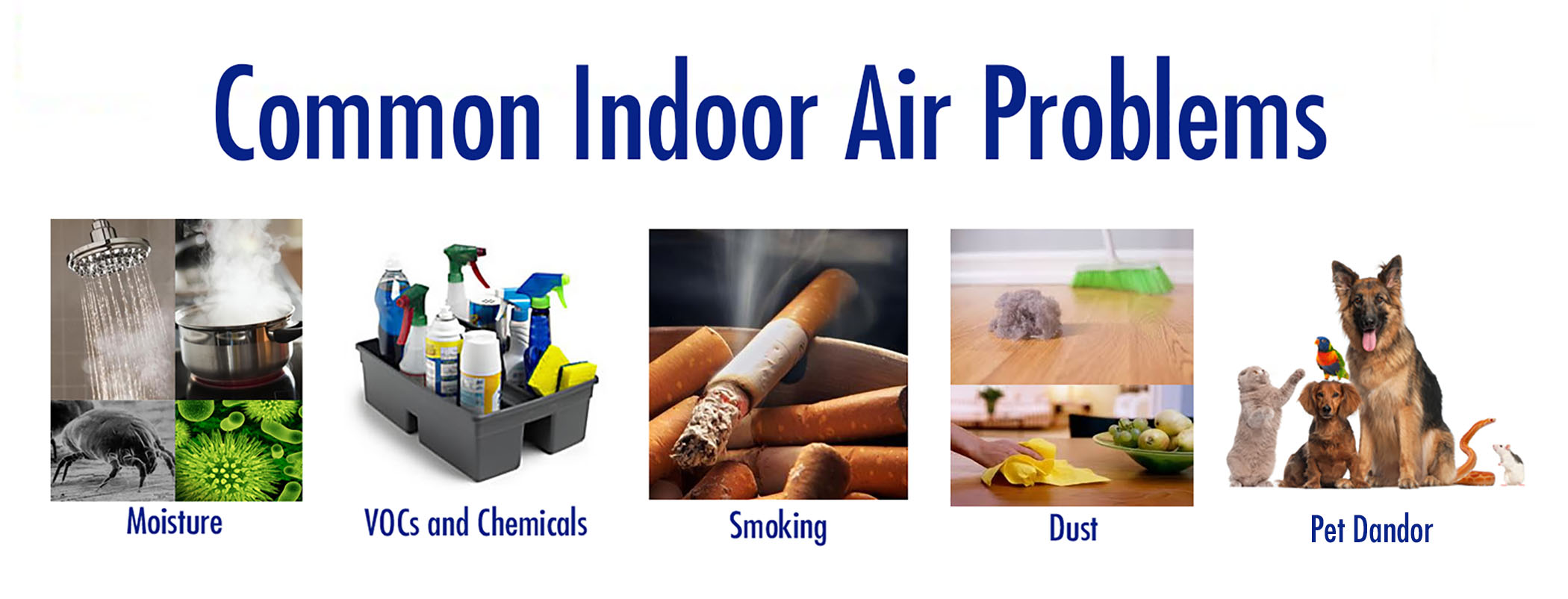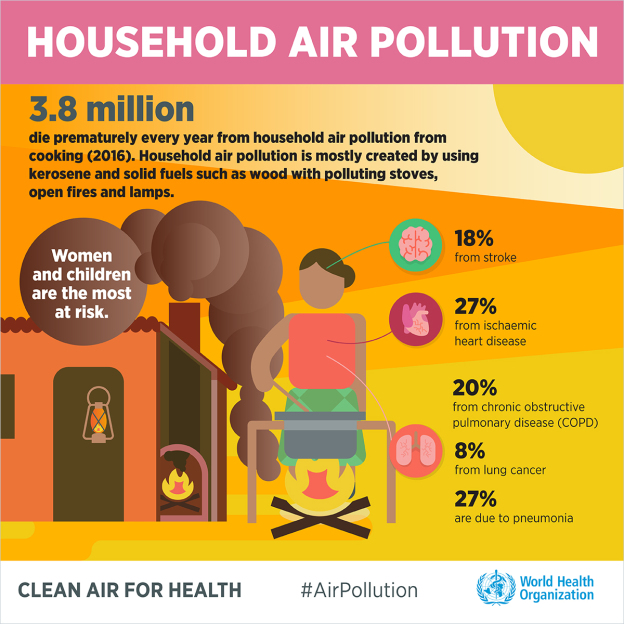900 319 0030
enquiry@shankarias.in
What is the issue?
What is the shortfall in the approach?

How serious is household air pollution?

What does it call for?
Source: Indian Express